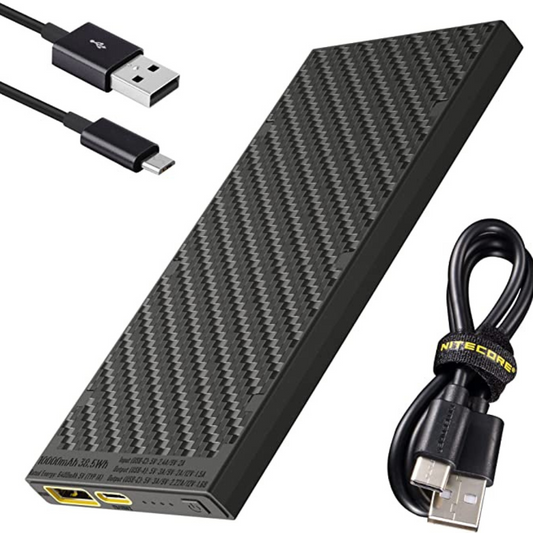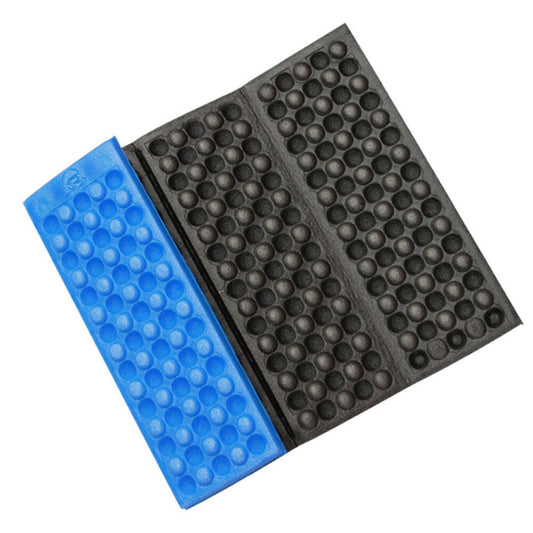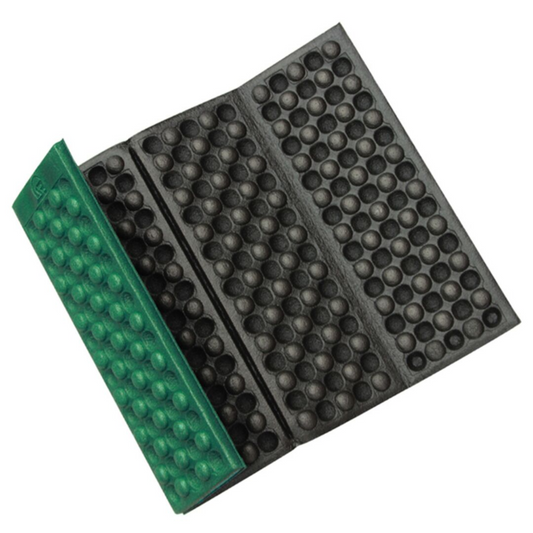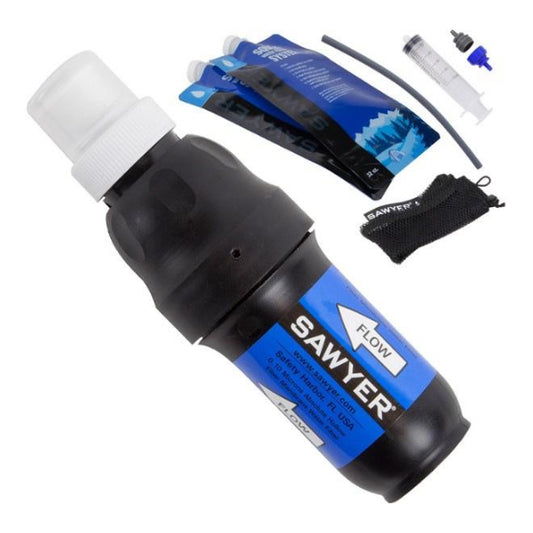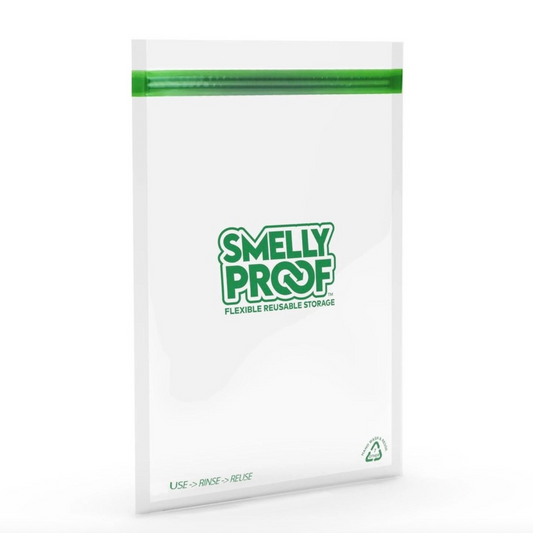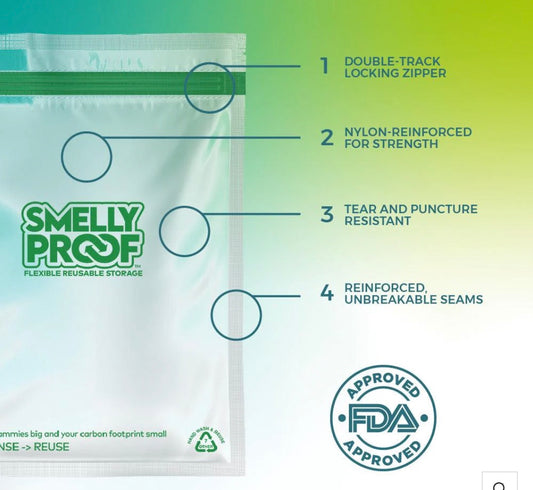These are excellent tips to help reduce condensation issues in single-wall tents or shelters. Condensation is a common challenge in single-wall designs due to the lack of a separate inner layer for moisture control.
To reduce tent condensation, it's essential to manage the humidity inside the tent and control factors that contribute to moisture build up.
By following these steps, you can minimize the chances of condensation building up inside your shelter:
-
Avoid low, open, grassy areas: These places are more likely to trap cold, moist air, which can lead to condensation inside the tent. By setting up your tent on higher ground rather than low-lying areas where cold air tents to collect, a slightly warmer ten, compared to the surrounding cooler air, can help reduce condensation.
-
Avoid high humidity areas: When choosing a camping spot, try to avoid areas with high humidity, such as near streams, lakes, ponds, or marshy areas. These locations tend to have more moisture in the air, increasing the likelihood of condensation.
-
Camp under tree cover: Trees can help keep the air warmer and reduce relative humidity. They also act as a barrier against cold, and wet air settling on your shelter.
-
Limit the number of occupants: The more people in the tent means more exhaled breath and vapor, increasing the potential for condensation. If possible, try to limit the number of people inside the shelter.
-
Promote ventilation: Proper ventilation is crucial for reducing condensation. Keep the tent's rainfly rolled back or open the vestibule door to allow humid air and moisture from your breath to escape. This helps to maintain better airflow and prevents excess moisture from accumulating inside the tent. By positioning your tent so that you can keep the entryway open while the rear or side faces the prevailing wind, encourages airflow and helps minimise condensation.
-
Remove Wet Items: Avoid bringing wet clothes or shoes inside the tent. Moisture from damp items can add to the humidity level, leading to more condensation. Instead, store wet gear outside the tent or in a waterproof stuff sack.
-
Cooking Outside: Cooking and boiling water inside the tents vestibule can significantly increase the interior humidity. It's better to cook outdoors to prevent additional moisture from building up inside the tent.
While it may not be possible to completely eliminate tent condensation, following these tips will significantly minimize its impact and improve overall camping comfort. Remember that certain weather conditions and locations may still lead to some condensation, but with proper management, it shouldn't be a significant issue.


